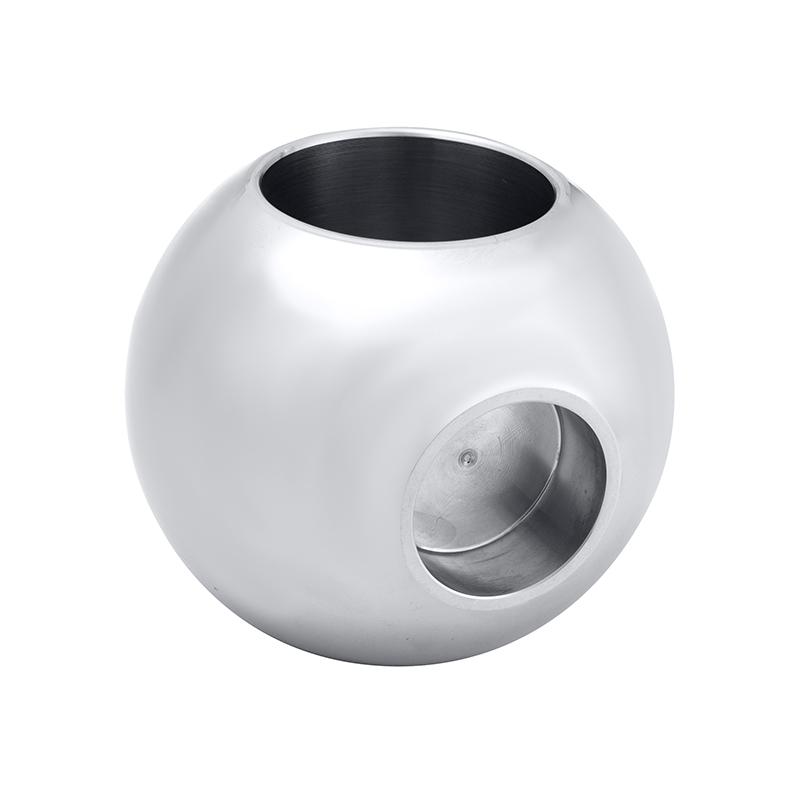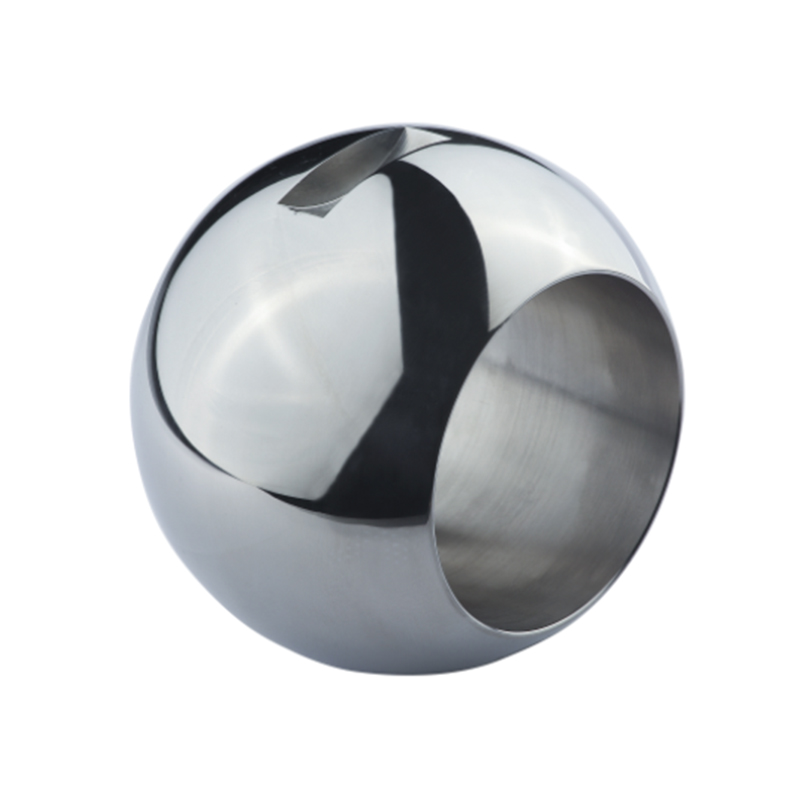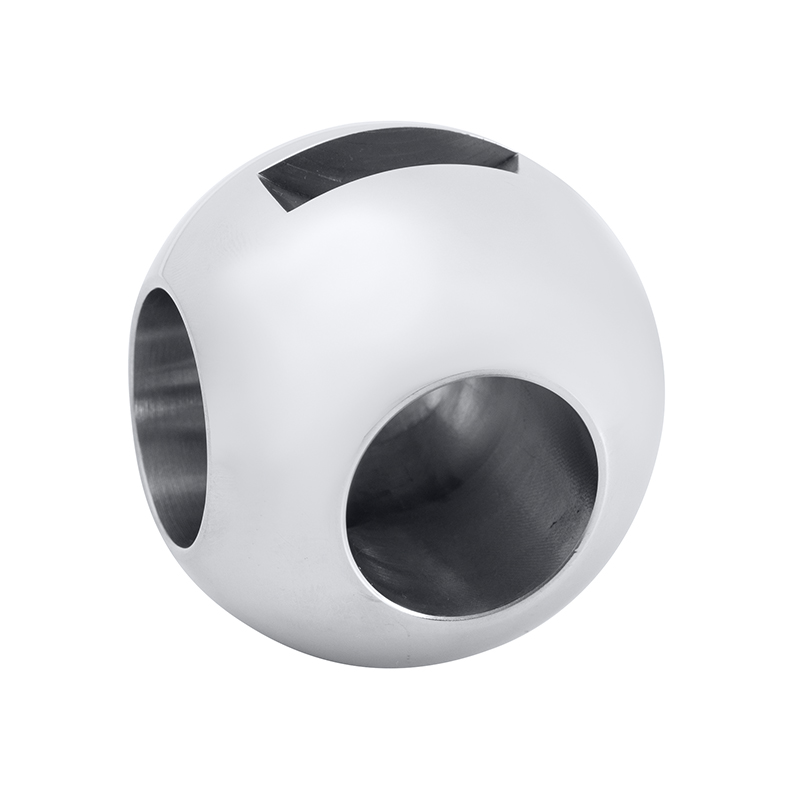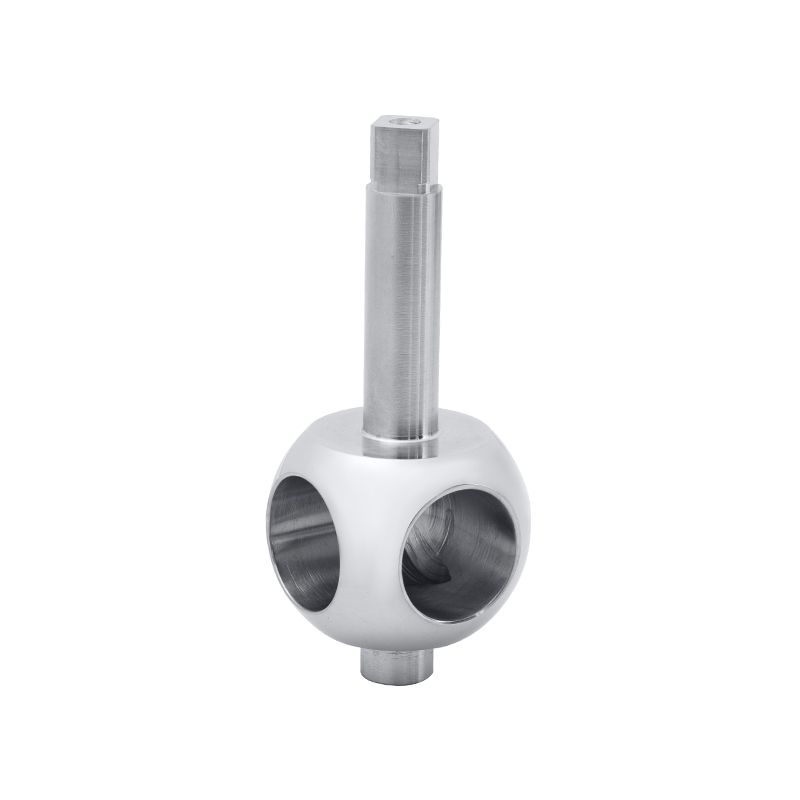The design and application of straight ball valve components continue to gain traction across various sectors where fluid control is essential. These valves are recognized for their simple yet effective structure, providing reliable shut-off and flow regulation in both low and high-pressure systems. Their linear body design supports direct in-line installation, reducing the need for extensive piping modifications and simplifying maintenance.
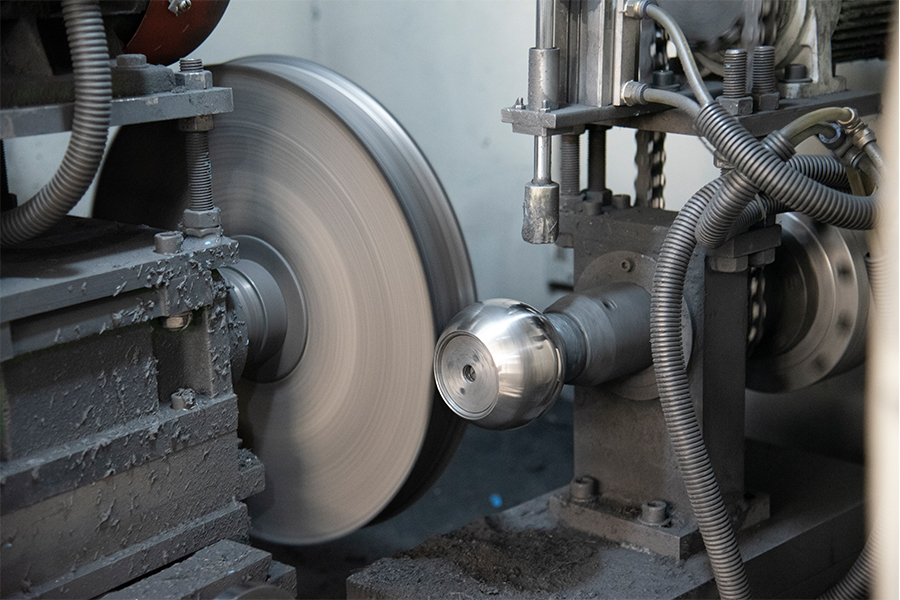
A straight ball valve consists of a spherical closure unit that allows or restricts flow based on its rotational position. The simplicity of operation, combined with a consistent sealing mechanism, makes it suitable for industries ranging from chemical processing to water treatment. When paired with the right ball valve accessories, these systems can be adjusted for specific performance needs, such as controlling flow rate or integrating with automation systems.
Ball valve accessories play a vital role in customizing the function and improving the utility of straight ball valve setups. Common additions include actuator kits for remote operation, lockout devices for safety compliance, and position indicators for monitoring valve status. These accessories extend the usability of a standard valve without requiring a complete overhaul of the system. When selected correctly, they offer practical solutions for enhancing reliability and less downtime.
In many applications, the straight ball valve is chosen due to its small flow resistance. Its internal structure supports full-bore passage, which means that the fluid experiences little to no pressure drop during transit. This feature is especially useful in pipelines where maintaining consistent pressure is important for system performance. Combined with suitable ball valve accessories, such valves can adapt to both manual and automated environments with ease.
Some industries require materials that resist corrosion, high temperatures, or exposure to certain chemicals. Straight ball valve products are now available in a range of materials including brass, stainless steel, and PVC to suit different operational conditions. When integrated with ball valve accessories such as thermal insulation jackets or extended handles, they can be further tailored to meet environmental and process demands.
The integration of ball valve accessories does not only serve functional needs but also simplifies maintenance and inspection routines. For instance, anti-static devices and stem extensions allow for safer and more efficient use in high-risk environments. In operations where frequent valve adjustments are required, accessories like gear operators can reduce manual strain and ensure more accurate control.
In fluid networks that span long distances or complex layouts, using a straight ball valve can help limit potential leak points. Its straightforward configuration allows for quick alignment and fewer joints. This simplicity reduces the chance of mechanical failure over time. With the right selection of ball valve accessories, engineers can monitor valve activity remotely or enable quick shut-off features during emergency situations.
Another point to consider is installation flexibility. A straight ball valve is typically compact, making it suitable for space-constrained areas. Paired with ball valve accessories designed for tight clearances or angled access, they can be installed even in challenging layouts. This adaptability supports a wide variety of system designs without requiring extensive infrastructure changes.
In summary, the combination of a straight ball valve with the right ball valve accessories provides a practical approach to achieving consistent fluid control across a range of applications. From manual systems to automated setups, this pairing continues to serve as a dependable foundation in both industrial and commercial environments.

 English
English Español
Español Deutsch
Deutsch

